Across the globe, turtles and snakes face a silent crisis as their natural environments disappear at alarming rates. These ancient reptiles, which have survived for millions of years through countless environmental changes, now find themselves increasingly vulnerable to human-driven habitat destruction. From sprawling urban development to agricultural expansion and deforestation, the places these creatures once called home are vanishing before our eyes. This widespread habitat loss has triggered population declines that threaten the very existence of many turtle and snake species. Their plight not only represents a profound loss of biodiversity but also signals broader ecological imbalances that affect entire ecosystems. As we examine the devastating impact of habitat destruction on these remarkable reptiles, we’ll uncover both the scope of the crisis and potential paths toward preservation and recovery.
The Scale of Habitat Loss Worldwide
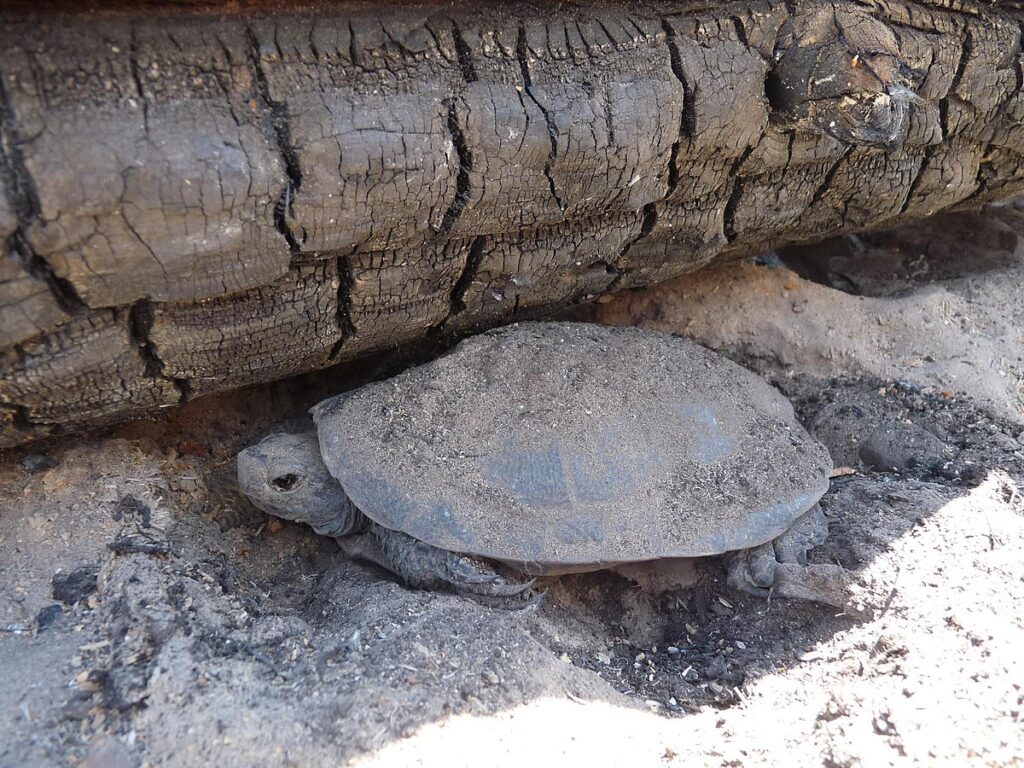
Habitat destruction for reptiles has reached unprecedented levels, with an estimated 1.9 million acres of natural land converted to human use annually. This staggering figure translates to approximately 2,400 football fields of habitat lost every day, creating an insurmountable challenge for turtles and snakes that have specific environmental needs. Wetlands, which serve as critical habitats for many freshwater turtle species, are disappearing at a rate three times faster than forests, with over 87% of wetlands lost globally since the 1700s. In tropical regions, where reptile diversity reaches its peak, deforestation continues at alarming rates—the Amazon alone lost an area equivalent to Belgium between 2020 and 2022. These statistics reveal not just numbers on a page but represent countless individual reptiles displaced, breeding grounds destroyed, and populations fragmented beyond recovery.
Why Turtles Are Particularly Vulnerable

Turtles possess biological characteristics that make them especially susceptible to habitat disruption, creating a perfect storm of vulnerability in the face of environmental changes. Their long lifespans and delayed sexual maturity—with many species not reproducing until they’re 10-15 years old—mean populations cannot quickly recover from sudden habitat loss or increased mortality. Most turtle species demonstrate high site fidelity, returning to the same nesting beaches or basking areas year after year, making them unable to simply relocate when these critical sites are destroyed. Freshwater turtles often require multiple habitat types throughout their life cycle—aquatic environments for feeding and hibernation, sandy beaches for nesting, and terrestrial corridors for migration—meaning the loss of just one component can devastate an entire population. Additionally, temperature-dependent sex determination in many turtle species means that altered habitats with changed temperatures can produce drastically skewed sex ratios, further compromising the viability of future generations.
Snake Populations in Decline
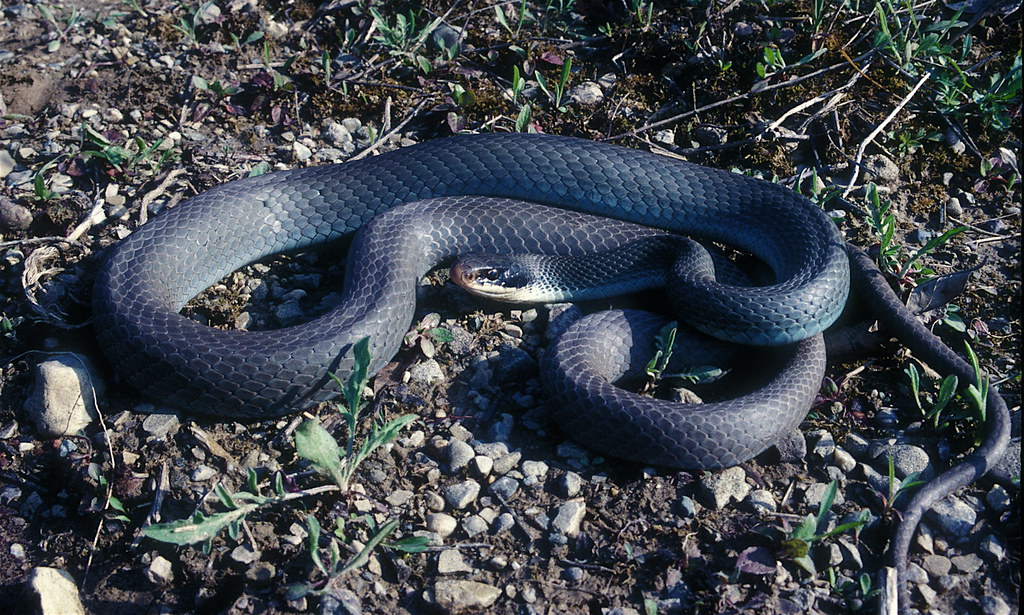
Snake populations worldwide are experiencing precipitous declines that have alarmed herpetologists and conservation biologists alike. Research published in the journal Science documented average population declines of 68% among monitored snake species over just the past two decades, with habitat loss identified as the primary driver. Specialized species like the Eastern indigo snake of North America have lost over 80% of their longleaf pine habitat, resulting in their disappearance from many areas where they were once common. Even generalist species that can adapt to multiple environments are struggling, as evidenced by the 50% population reduction in common European grass snakes over the last 30 years. Habitat fragmentation particularly affects snakes with large home ranges or migratory patterns, forcing them to cross dangerous roads or enter human-populated areas where they face persecution. These declines aren’t merely concerning for snake enthusiasts—they represent the unraveling of ecological relationships that have evolved over millions of years.
Coastal Development and Sea Turtle Nesting Beaches
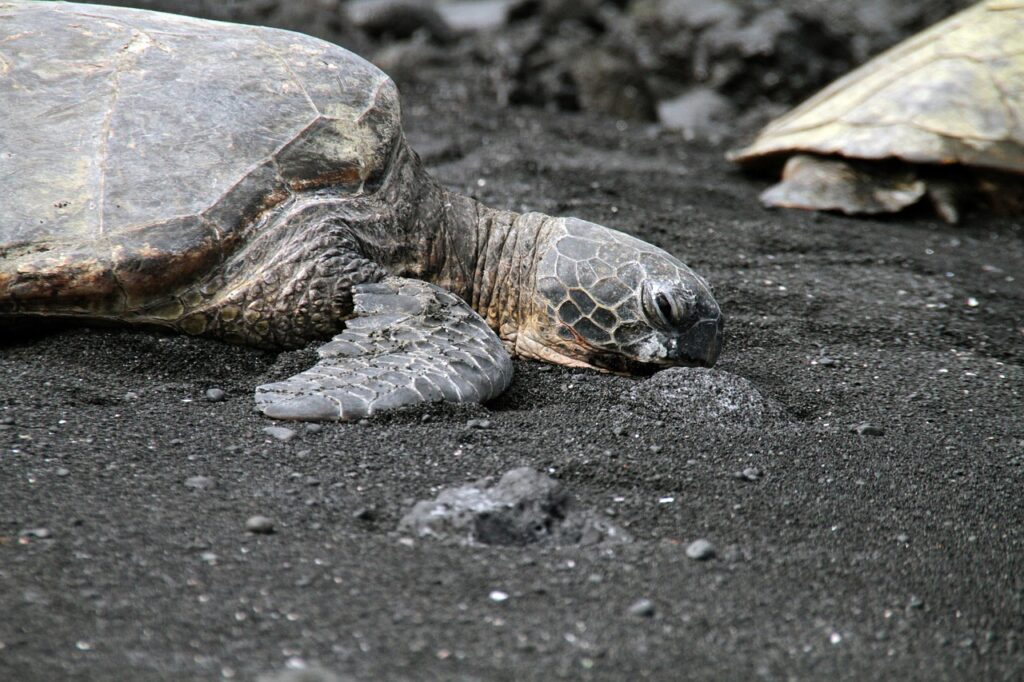
The relentless development of coastlines worldwide has created an existential threat to sea turtles, who depend on specific beach conditions for successful reproduction. Approximately 60% of the world’s coastal wetlands have been lost to development in the past century, with popular tourist destinations often seeing the most rapid transformation of natural beaches. Light pollution from beachfront properties and street lamps disorients hatchlings, who instinctively move toward the brightest horizon—historically the moonlight reflecting off the ocean—but now often crawl inland toward artificial lights, resulting in nearly 100% mortality in severely affected areas. Physical barriers such as sea walls, constructed to protect coastal properties from erosion, prevent female turtles from reaching suitable nesting sites, while beach furniture and recreational equipment create obstacles that exhaust and trap nesting females and emerging hatchlings. Rising sea levels compound these problems by further shrinking available nesting habitat, with some Caribbean islands already losing up to 30% of their historic nesting beaches to inundation and erosion.
Agricultural Expansion and Reptile Habitats
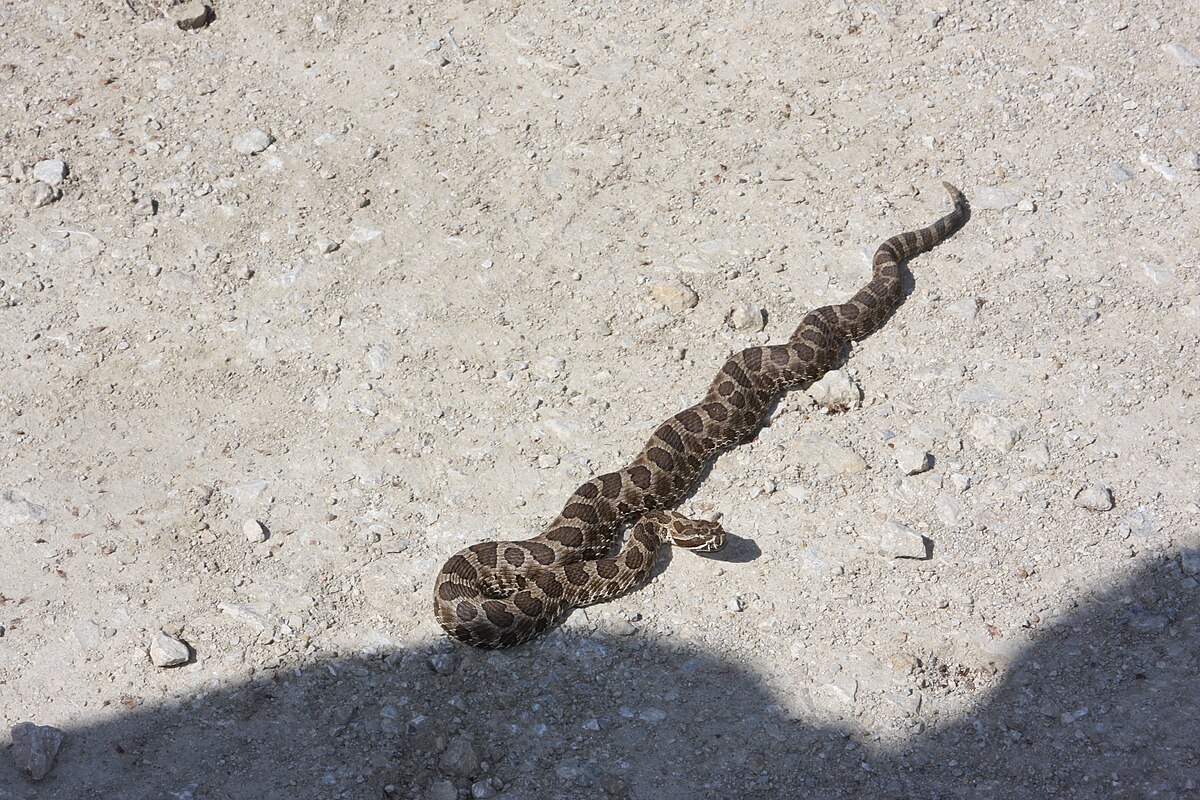
The conversion of natural landscapes to agricultural land represents one of the most significant drivers of habitat loss for reptiles globally, transforming diverse ecosystems into simplified monocultures. Industrial farming practices have claimed over 70% of grassland habitat in North America, decimating populations of grassland specialists like the massasauga rattlesnake and ornate box turtle. The drainage of wetlands for agriculture has been particularly devastating for aquatic and semi-aquatic species, with an estimated 87% of global wetland habitat lost since pre-industrial times, leaving species like the Blanding’s turtle isolated in small habitat fragments. Beyond direct habitat conversion, agricultural runoff carrying pesticides and fertilizers contaminates adjacent habitats, causing developmental abnormalities, suppressed immune function, and reproductive failures in exposed reptile populations. The intensification of agriculture leaves few refuge areas within farm landscapes, eliminating the mosaic of habitats that historically allowed reptiles to persist even in partially modified environments.
Deforestation’s Impact on Arboreal Species
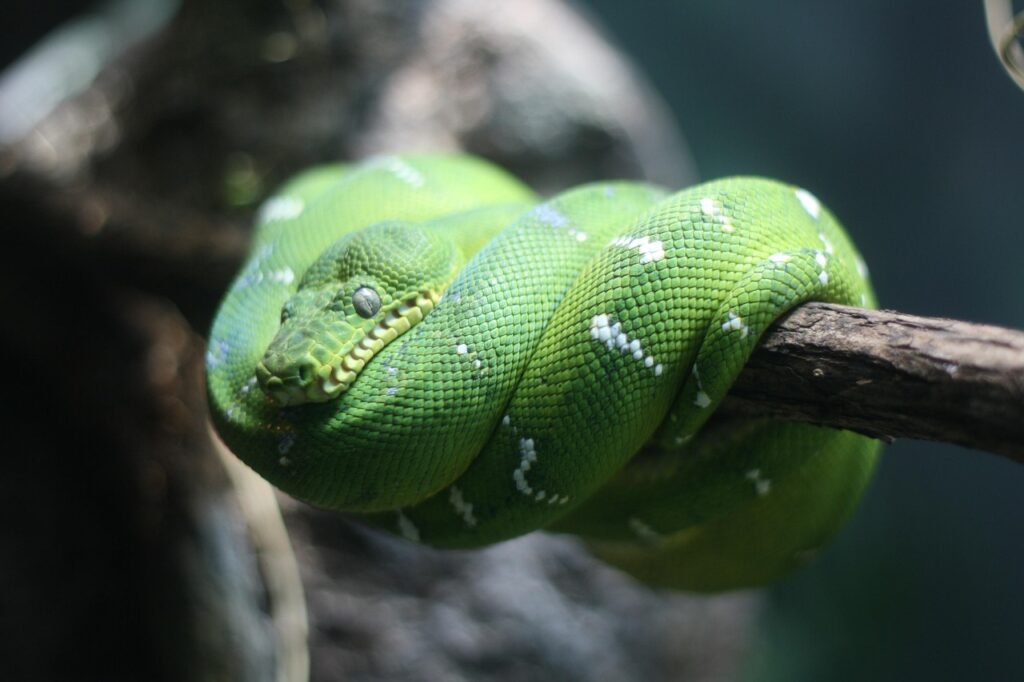
Arboreal reptiles face particular challenges as forests worldwide continue to disappear at alarming rates, eliminating the specialized habitat these tree-dwelling species require. Tree-dwelling snakes like the emerald tree boa and green tree python have lost an estimated 40% of their habitat range due to Amazonian and Southeast Asian deforestation, restricting them to increasingly isolated forest fragments. The complex three-dimensional environment that forests provide cannot be replicated elsewhere, leaving species like the parson’s chameleon and emerald tree monitor with literally nowhere else to go when their forest homes are cleared. Beyond the physical structure, forests create specific microhabitats with precisely controlled temperature, humidity, and light levels that many specialized reptiles have evolved to require for successful reproduction and survival. The loss of forest canopy alters these environmental conditions dramatically, making remaining habitat patches unsuitable even when trees remain, and creating edge effects that can penetrate miles into forest reserves.
Freshwater Habitat Degradation
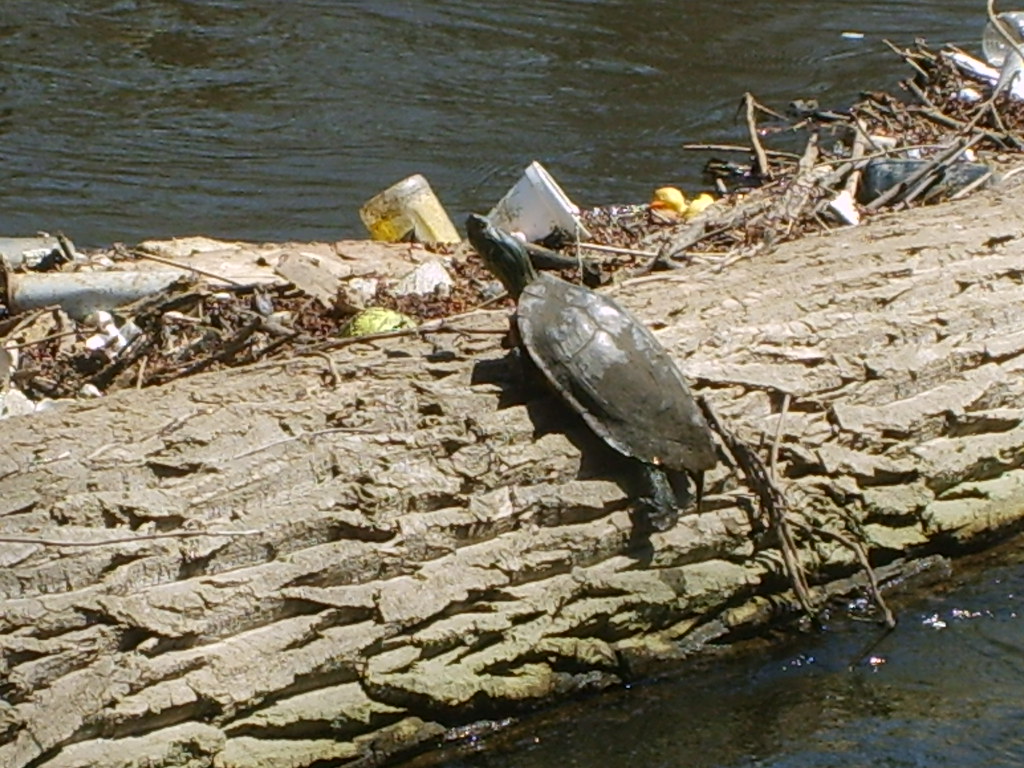
Freshwater ecosystems worldwide are experiencing unprecedented levels of degradation, creating a crisis for the turtles and water snakes that depend on these environments. River channelization and dam construction have transformed dynamic river systems into regulated waterways, eliminating the sandbars and fluctuating water levels that many freshwater turtles require for nesting and basking. Water pollution from industrial discharge, agricultural runoff, and urban wastewater introduces harmful contaminants that can cause direct mortality, suppress immune function, and disrupt reproduction in aquatic reptiles—studies have documented shell softening in turtles exposed to acidic water conditions and developmental abnormalities in water snakes from polluted waterways. The draining of wetlands for development and agriculture has eliminated approximately 87% of global wetland habitat since 1700, with continuing losses at a rate of about 1% annually. Water extraction for human use has caused once-permanent water bodies to become seasonal or disappear entirely, forcing aquatic reptiles to migrate across hazardous terrestrial environments in search of remaining water sources.
Fragmentation and Road Mortality
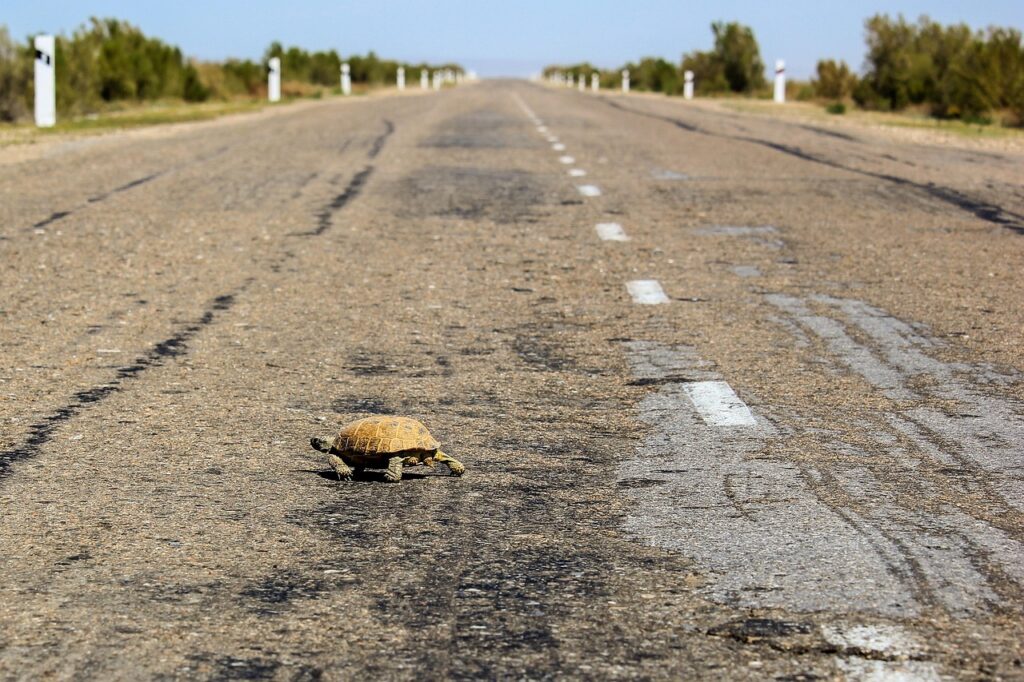
Habitat fragmentation creates isolated wildlife islands surrounded by inhospitable terrain, forcing reptiles to navigate dangerous landscapes when moving between habitat patches. Roads represent one of the most lethal manifestations of fragmentation, with an estimated 1 million vertebrates killed daily on U.S. roads alone, and reptiles making up a disproportionate percentage of these casualties due to their slow movement and tendency to bask on warm asphalt. Female turtles are particularly vulnerable during nesting season, as they often must cross roads to reach suitable nesting sites, resulting in mortality rates so high that some populations show severe female deficits that threaten their long-term viability. Research demonstrates that even moderately trafficked roads can create near-absolute barriers to reptile movement, with studies showing that less than 10% of turtles successfully cross two-lane highways without intervention. The genetic consequences of fragmentation are equally severe, with isolated populations showing reduced genetic diversity and increased inbreeding depression, manifesting as reduced clutch sizes, increased developmental abnormalities, and decreased disease resistance.
Climate Change as a Habitat Multiplier
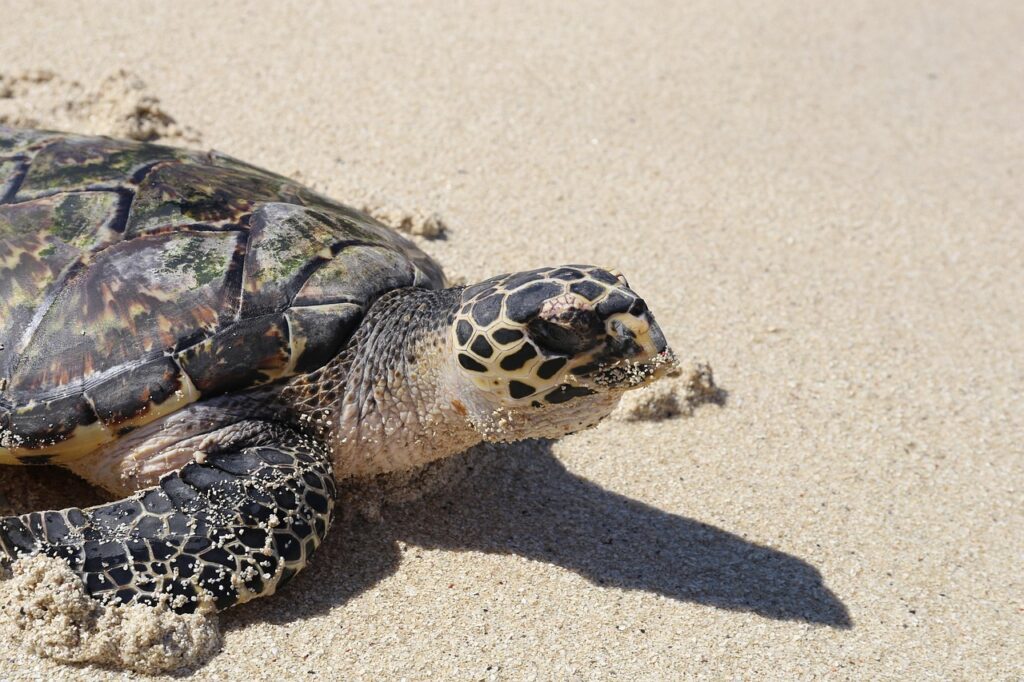
Climate change acts as a threat multiplier, exacerbating existing habitat challenges for reptiles while creating entirely new problems that many species are ill-equipped to handle. Rising temperatures directly impact reptile habitats, with warming water temperatures reducing dissolved oxygen levels in aquatic environments, creating physiological stress for freshwater turtles and water snakes that can lead to mass mortality events during heat waves. For species with temperature-dependent sex determination, which includes most turtles, climate warming skews sex ratios dramatically—some studied green sea turtle populations already show over 99% female hatchlings, threatening future reproductive viability. Altered precipitation patterns create additional stressors, with increased drought frequency drying up crucial wetland habitats in some regions, while intensified storms and flooding erode nesting beaches and wash away eggs and hatchlings in others. Range shifts necessitated by changing climates force reptiles to move through fragmented landscapes, facing barriers like roads and urban development that weren’t present during previous climate transitions throughout evolutionary history.
Urban Expansion and Its Consequences
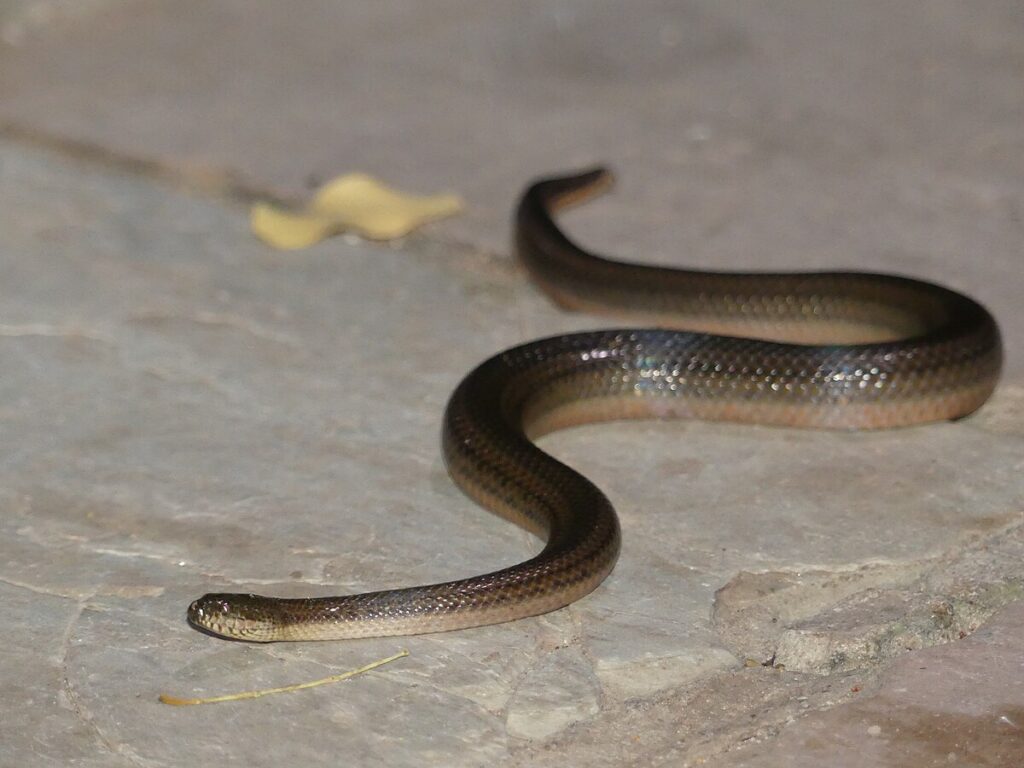
The rapid growth of urban areas worldwide creates particularly challenging conditions for reptiles, transforming diverse natural landscapes into concrete expanses hostile to wildlife. Cities worldwide add approximately 1.1 million hectares of newly developed land annually, with urban areas expected to triple in total area between 2000 and 2030, claiming critical habitat for numerous reptile species. The urban heat island effect dramatically alters temperature regimes, creating environments that exceed the thermal tolerance of many reptiles and potentially skewing sex ratios in species with temperature-dependent sex determination. Storm water systems in urban areas channel rainwater directly to waterways rather than allowing natural infiltration, creating flash flood conditions that wash away turtle nests and destroy riparian snake habitat during even moderate rainfall events. Remaining green spaces within urban environments often become ecological traps, attracting reptiles to seemingly suitable habitat patches but exposing them to heightened risks from predators, pollution, and human persecution.
Conservation Success Stories
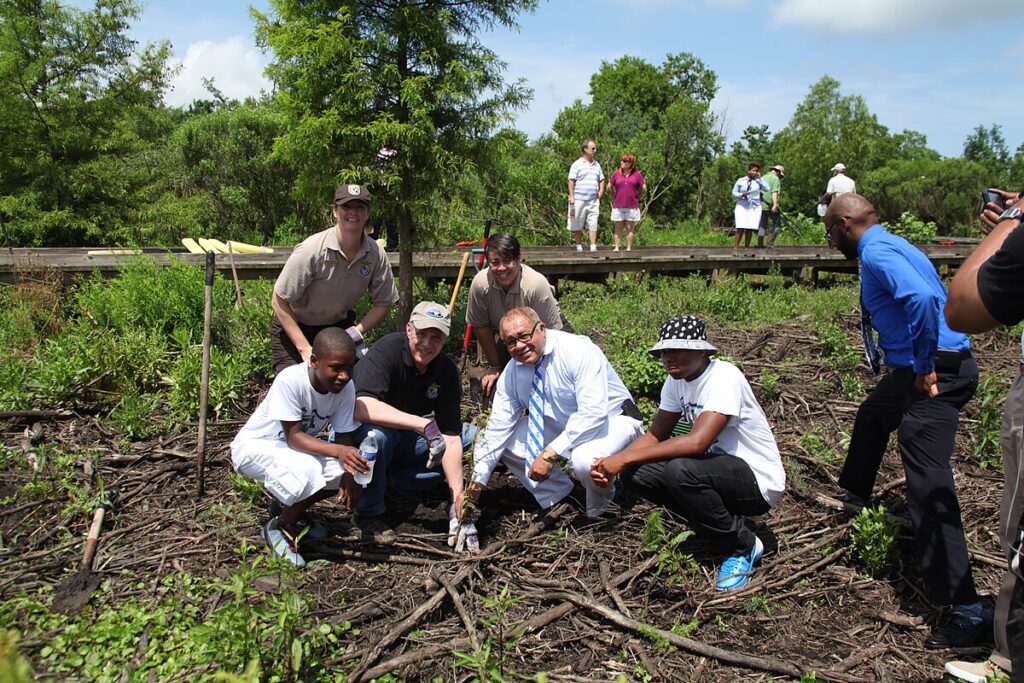
Despite the daunting challenges, targeted conservation efforts have demonstrated that reptile habitat protection and restoration can successfully reverse population declines when properly implemented. The Kemp’s ridley sea turtle, once on the brink of extinction with fewer than 250 nesting females worldwide, has seen its population increase nearly tenfold following strict protection of its nesting beaches in Mexico and Texas, proving that habitat preservation can be effective even for critically endangered species. In the southeastern United States, the installation of ecopassages—tunnels and barriers directing wildlife safely under roadways—has reduced turtle road mortality by over 90% in some areas, helping reconnect fragmented populations and restore gene flow. Community-based conservation in Cambodia has successfully protected critical sandbar nesting habitat for the critically endangered Southern River terrapin, involving local communities as guardians of nesting beaches and resulting in thousands of hatchlings successfully released. The rewetting of drained wetlands in the Midwest has created new habitat for Blanding’s turtles and other wetland reptiles, with some restored sites showing colonization by multiple turtle species within just 5-10 years of restoration.
Legal Protections and Policy Solutions

Legal frameworks play a crucial role in habitat conservation, providing mechanisms to preserve reptile habitats and prevent further destruction when properly implemented and enforced. The U.S. Endangered Species Act has successfully protected critical habitat for numerous reptile species, including designating over 88,000 acres of habitat for the threatened eastern indigo snake and effectively preventing development in these areas. International agreements like the Convention on Biological Diversity have established targets for habitat protection, with the recent Kunming-Montreal Global Biodiversity Framework committing signatory nations to protect 30% of land and sea areas by 2030, potentially benefiting countless reptile species if fully implemented. Innovative policies like biodiversity offsetting require developers to create or restore habitat equivalent to what they destroy, though such approaches require careful design and monitoring to ensure they deliver genuine conservation benefits rather than merely symbolic mitigation. Local zoning and land-use regulations provide perhaps the most immediate opportunities for habitat protection, with municipalities increasingly incorporating wildlife corridors, buffer zones around wetlands, and protected natural areas into their development plans.
What Individuals Can Do to Help
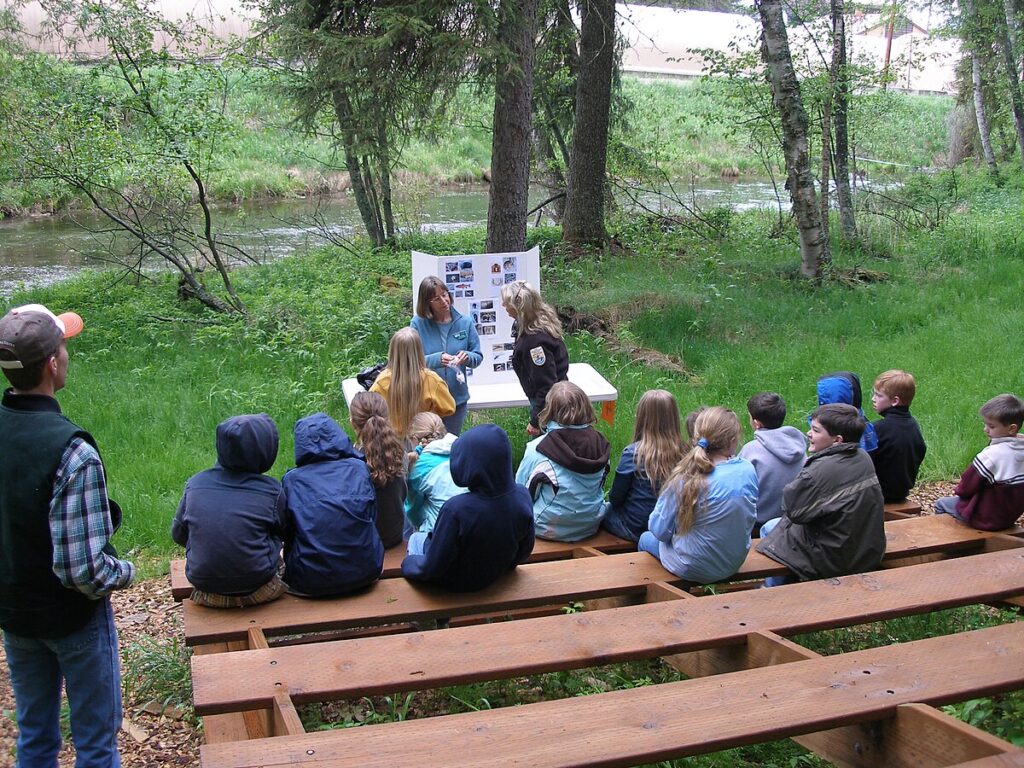
Individual actions collectively make a meaningful difference in reptile conservation, offering everyone an opportunity to contribute to habitat protection regardless of their expertise or resources. Creating backyard habitats with native plants, brush piles, and chemical-free maintenance provides sanctuary for local reptile species, with studies showing that well-designed wildlife-friendly yards can support surprising diversity even in suburban environments. Supporting land trusts and conservation organizations through donations or volunteering helps protect critical habitat, with many such groups specifically focusing on properties with high reptile diversity or habitat for threatened species. Participating in citizen science programs like the North American Turtle Reporting System or HerpMapper provides valuable data on reptile distributions and habitat use, helping scientists identify priority areas for conservation and document population trends. Advocating for reptile-friendly policies at local government meetings and through communication with elected officials can influence zoning decisions, wetland protections, and development restrictions in ways that preserve critical habitat.
In conclusion, the widespread destruction of natural habitats presents an existential threat to turtle and snake populations worldwide. These remarkable reptiles, which have survived for millions of years, now face unprecedented challenges as their homes disappear beneath agricultural fields, urban developments, and altered landscapes. The specialized needs of many species make them particularly vulnerable to these changes, unable to simply adapt or relocate when their critical habitats vanish. However, conservation success stories demonstrate that dedicated efforts to protect, restore, and reconnect habitats can reverse population declines, even for critically endangered species. Through a combination of legal protections, innovative policies, scientific research, and individual actions, we can preserve the diverse habitats these ancient creatures need to survive. The future of turtles and snakes—and the ecological functions they perform—depends on our collective commitment to ensuring they have safe places to live, feed, and reproduce for generations to come.

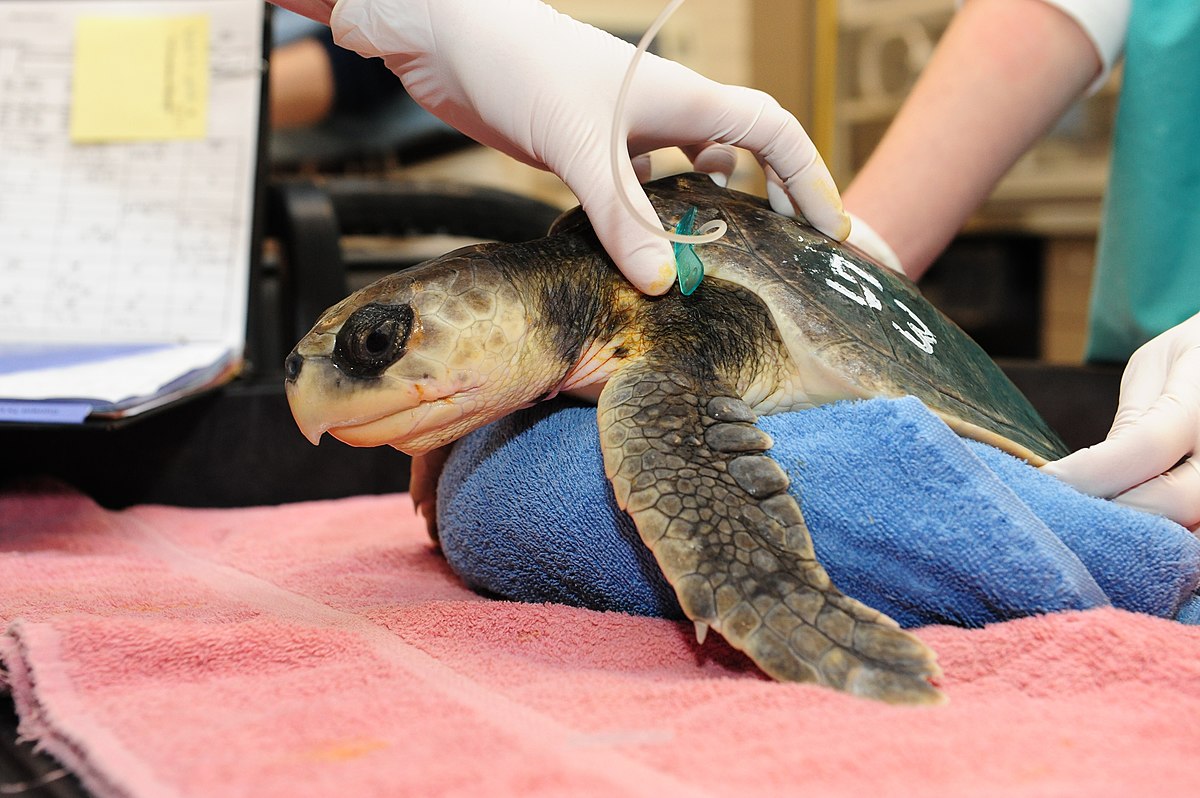

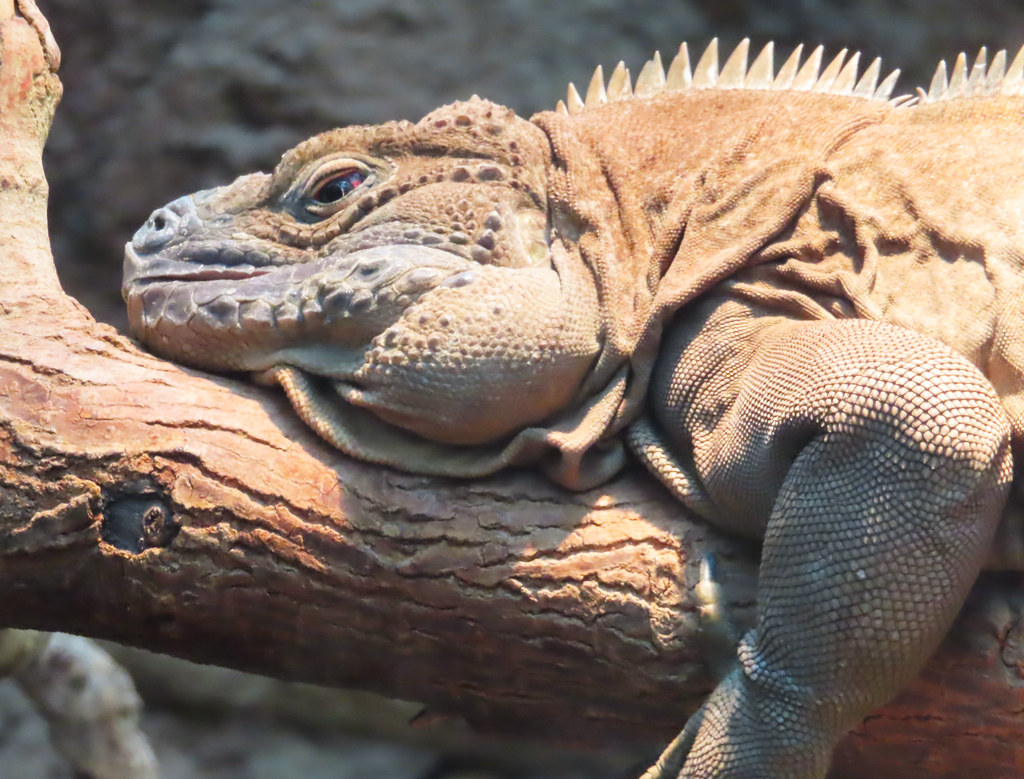
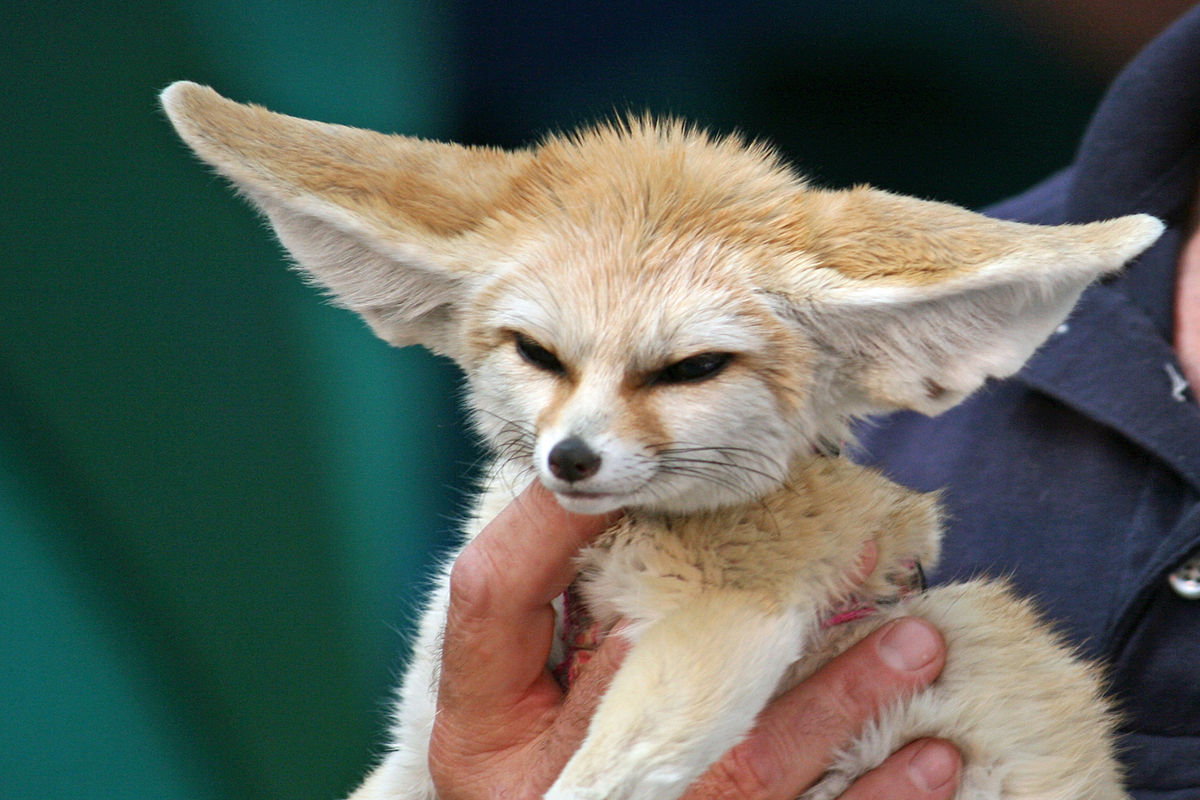
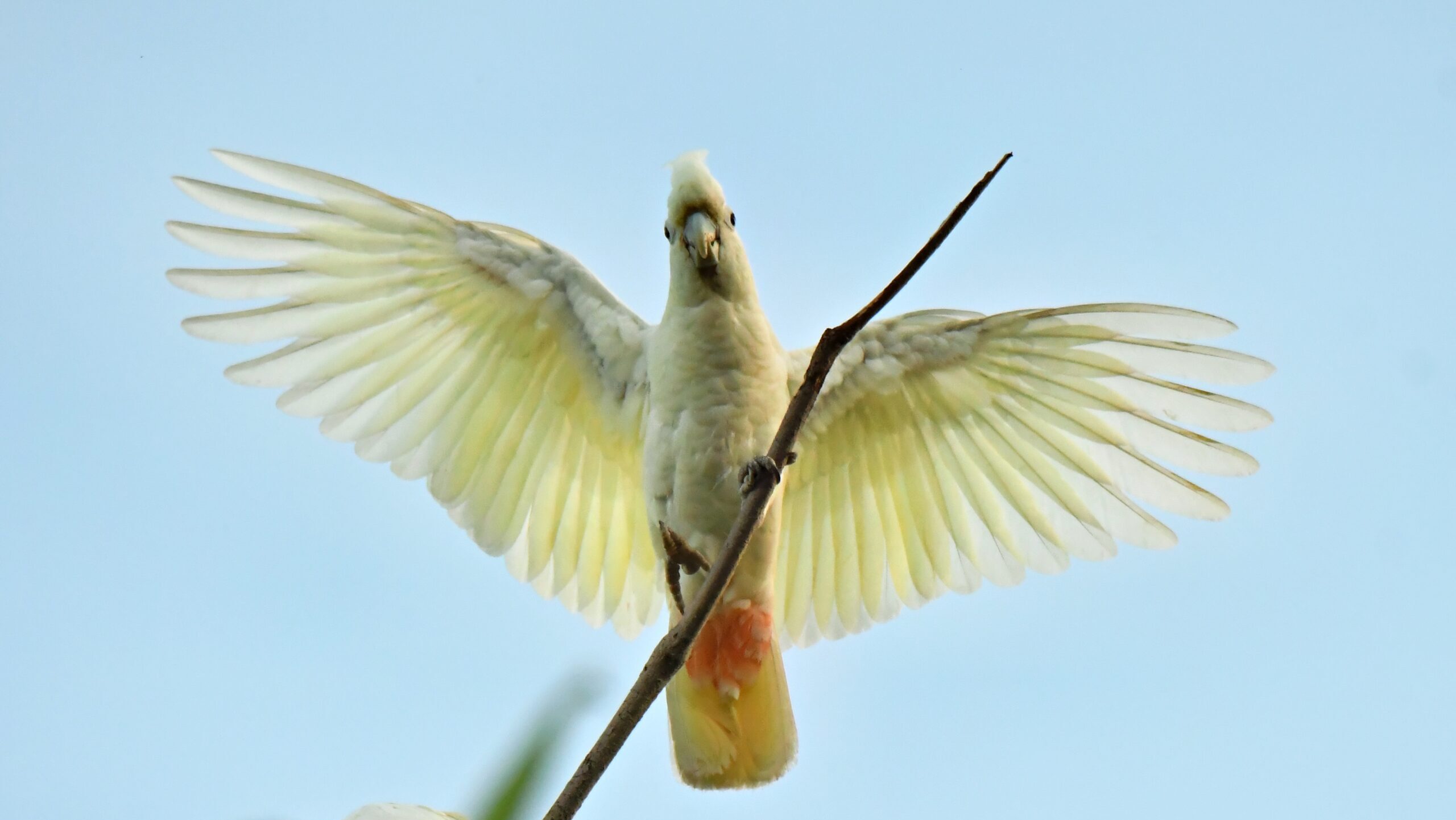

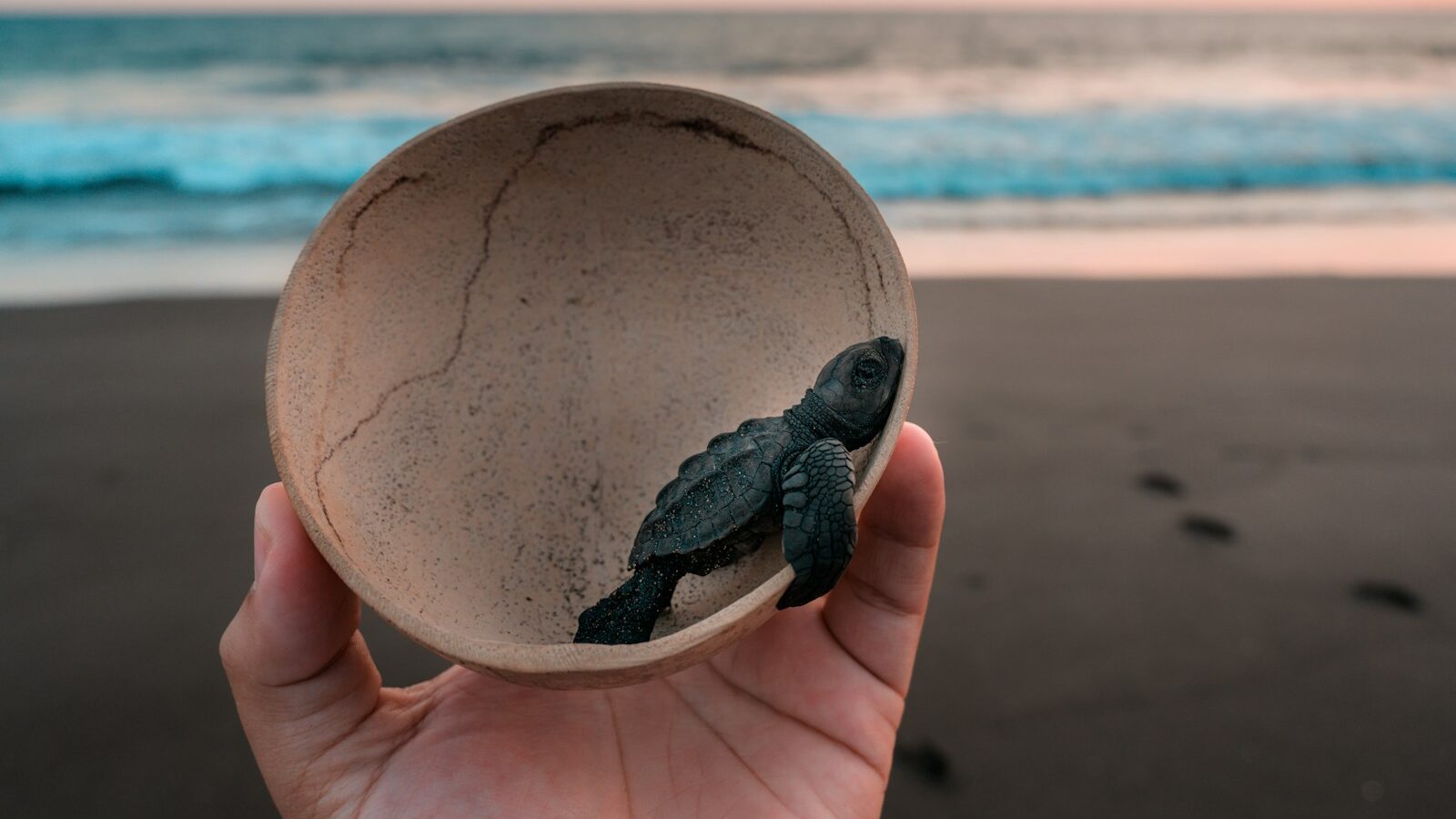
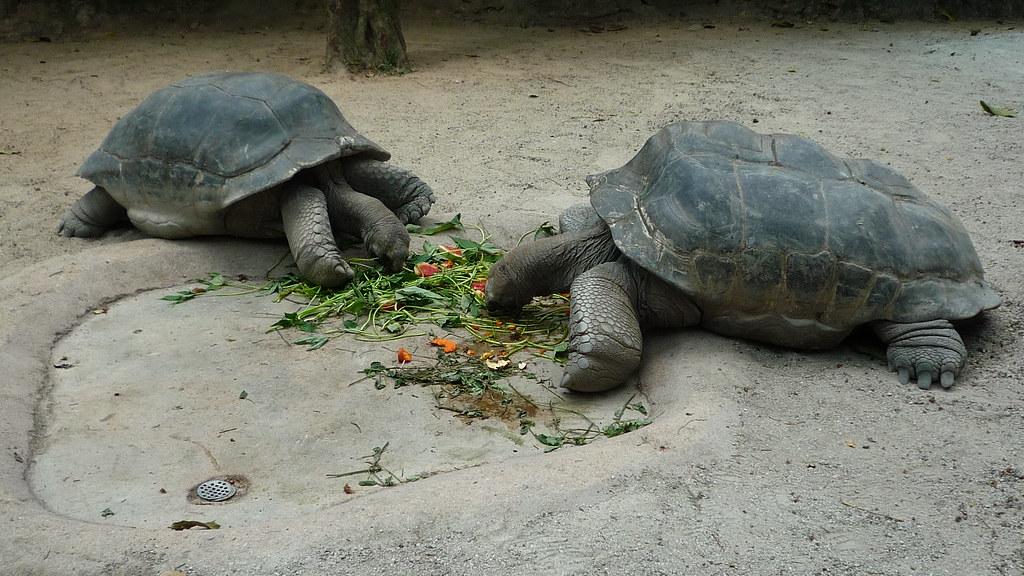
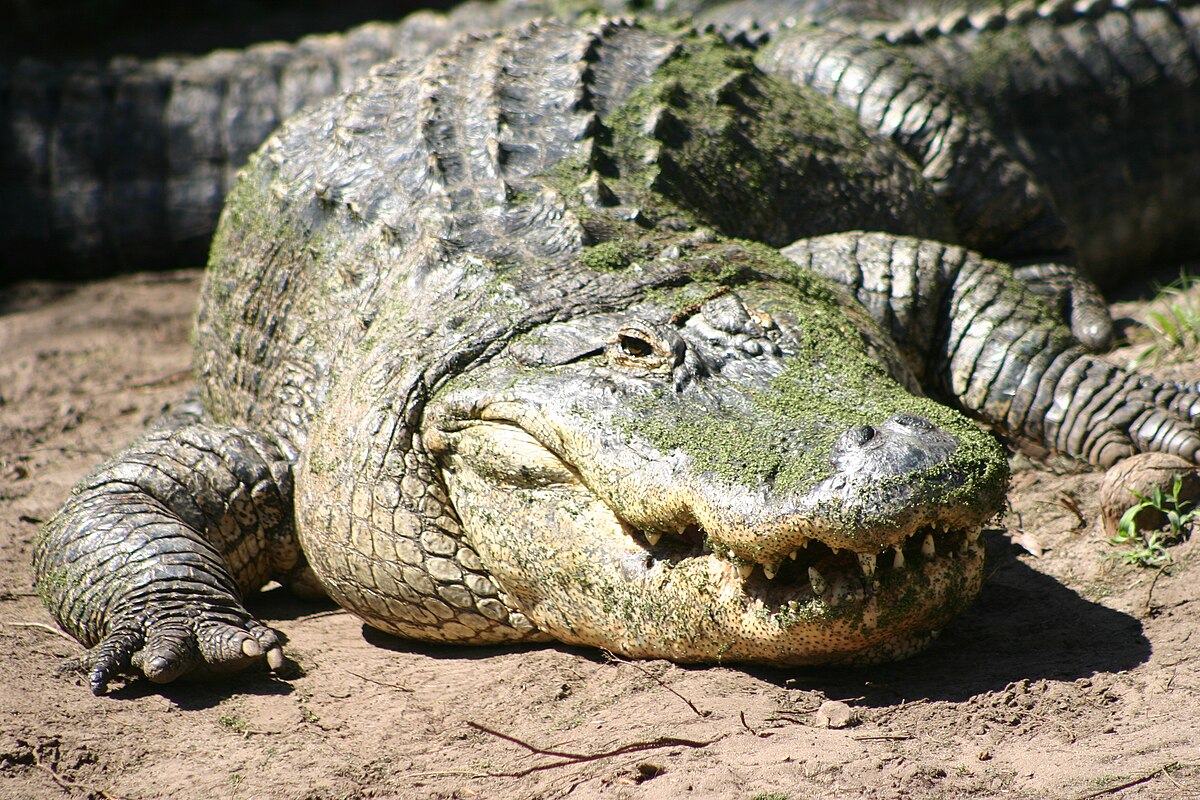
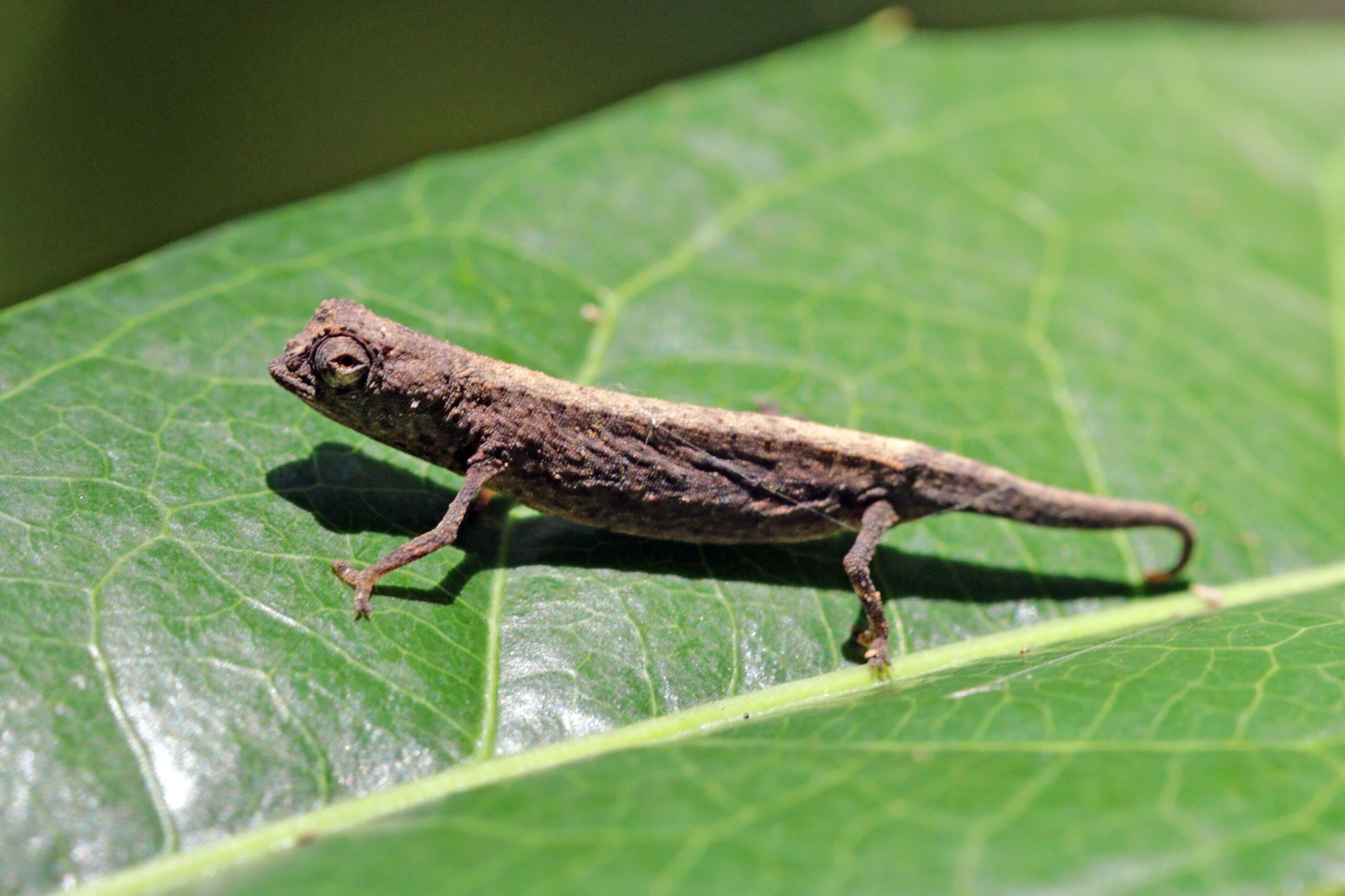
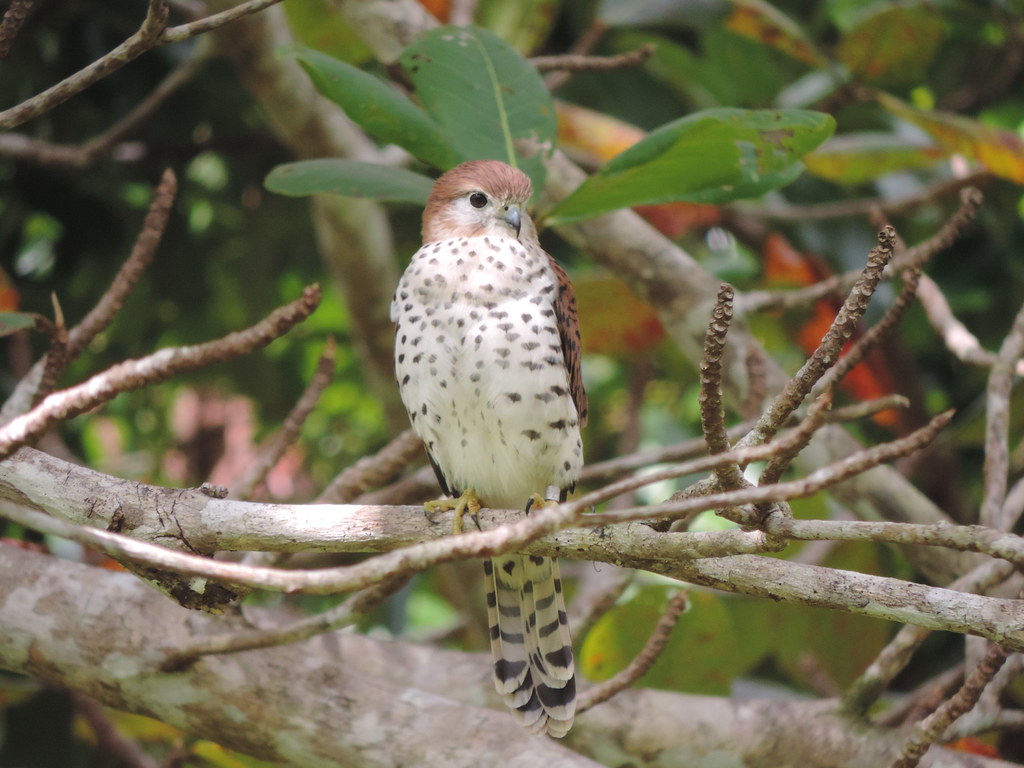




Leave a Reply